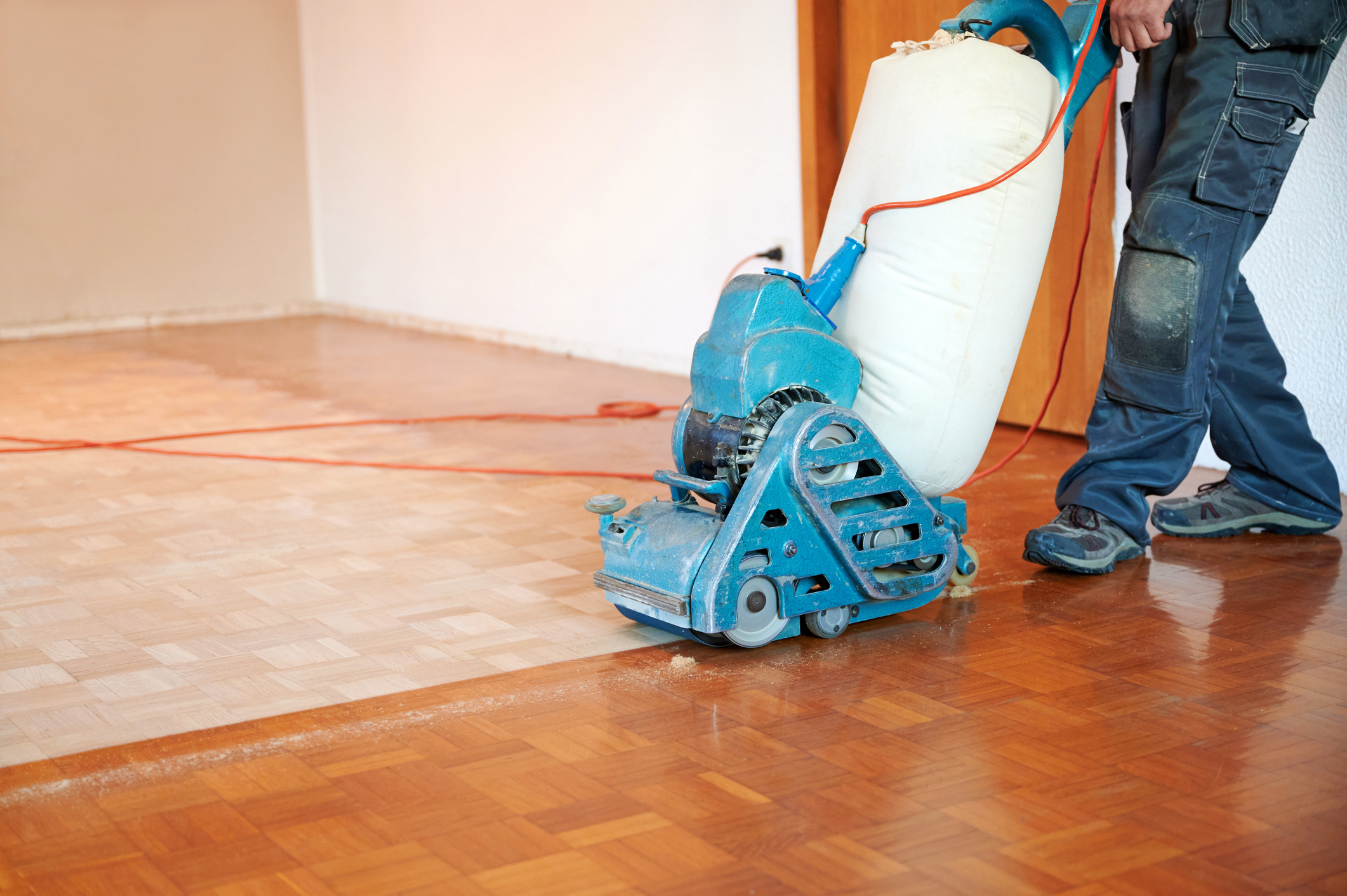
""A pine floor in good condition might be at the lower end of the cost range, whereas sanding hardwoods like oak or walnut tends to push costs higher - particularly if there's a heavy varnish or prior damage.""
""Older floors that have been painted or poorly maintained, or where the wood is warped, can demand more time and effort to restore properly. This increases the labour time and material requirements, which reflects in the final cost.""
""The size of your wood floor will also affect the cost of sanding - especially if you're getting it done by a professional. A larger floor will cost more to sand than a smaller wood floor, but those with large floors might get better value for money.""
Sanding wood floors improves appearance and texture, allowing for a level finish that enhances feel. Costs vary based on factors such as DIY versus professional services, floor area, and wood type. Pine floors in good condition are less expensive to sand compared to hardwoods like oak or walnut, particularly if they have heavy varnish or damage. Poorly maintained or warped floors require more labour and materials, increasing costs. Additionally, larger floor areas may benefit from better pricing in professional services compared to smaller spaces due to minimum call-out fees.
Read at Homebuilding
Unable to calculate read time
Collection
[
|
...
]